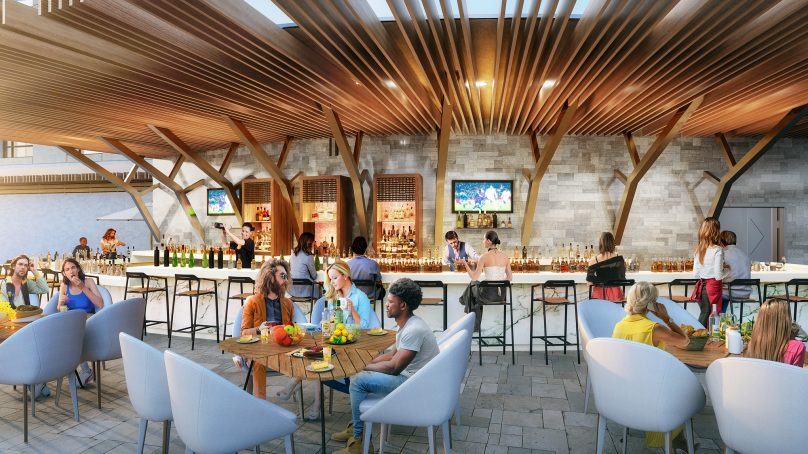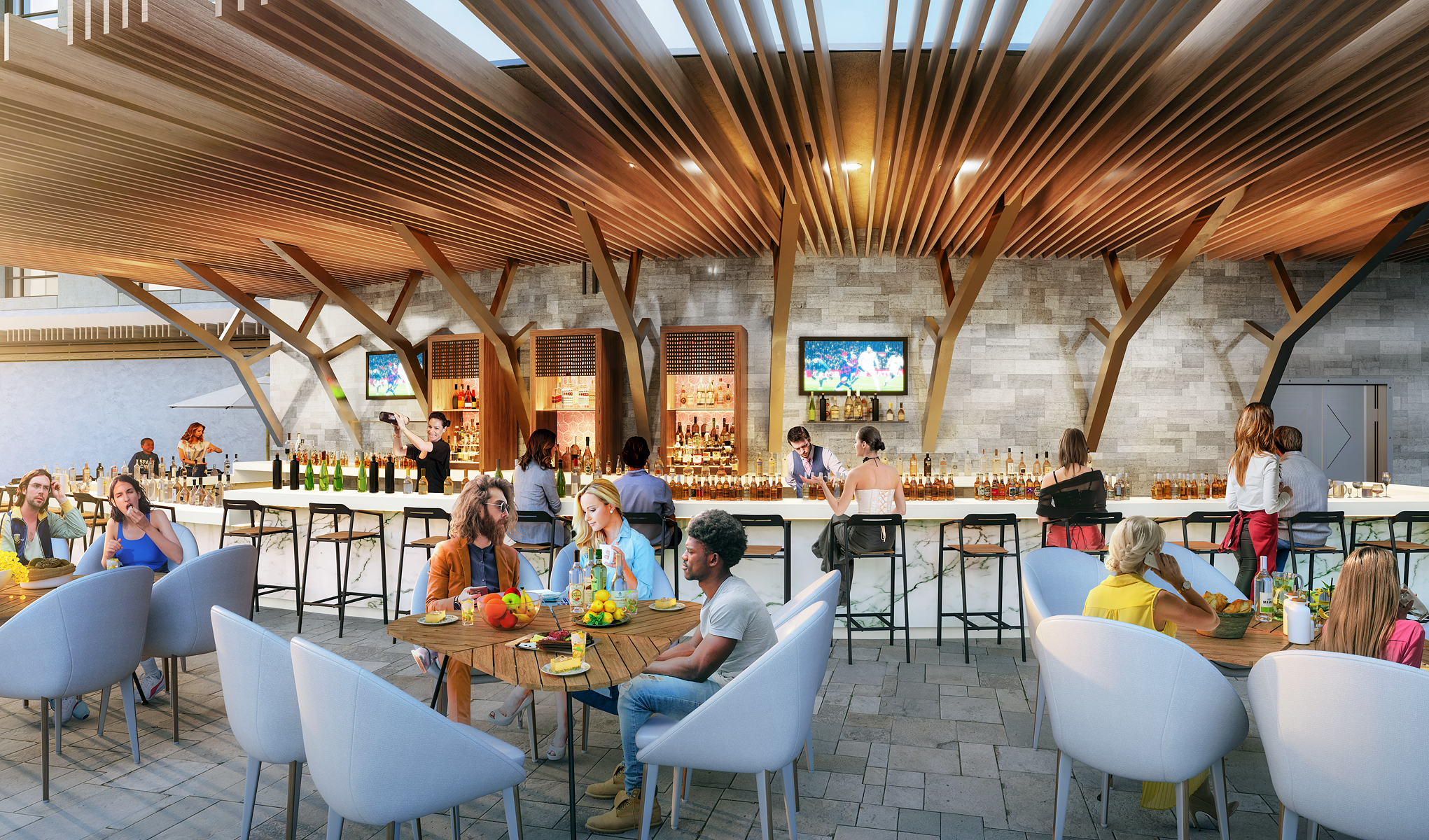

The hospitality industry is responding to the growing trend of travelers seeking experiences that create emotional connections and lasting memories. Indeed, guests are expecting smiley and eager-to-please staff, in-person services and feeling highly appreciated and celebrated.
Property managers and design professionals have coined the trend “back to basics,” reflecting guests’ desire for a glamorous hotel experience combined with home-like comfort.
In addition to encouraging personal interactions with staff, the concept incorporates strict separation of guest areas from back-of-house spaces. Furthermore, technology supports services without being the main focus.
Here are some operational, technological and design elements for consideration to capture this trend.
Personnel
Personnel training is at the center of the guest experience. Exemplary manners, smiling faces, a crisp appearance and eagerness to accommodate guests’ preferences are all essential. Indeed, employees serve as actors on the stage of a hotel’s public spaces. They help the guests feel special. Moreover, this extends to treating guests as “friends,” ensuring warm and meaningful interactions.
Some properties recently even converted computerized wake-up call systems back into those manned by live operators. Furthermore, hands-on managerial oversight and continuous staff training and monitoring are critical, of course.
Equally important is employee morale, especially amid hiring challenges. Upgrading staff areas for comfort and wellness maintains personnel dedication. This might include a restaurant-quality eatery, employee gym and spacious locker rooms.
Front and back of house
The focus on personal interaction and alluring experiences dictates particular layouts and design solutions. For example, the reception now frequently serves as a conciergerie as well. Tasked with welcoming guests to the property, reception counters are moved closer to the entrance. Consequently, this allows travelers to experience quality service from the moment they step into the hotel.
Public areas represent the visual background for the experience. Volume, opulence and comfort are a must. Furthermore, soaring heights, high-end finishes and visually impressive architecture support the “back to basics” idea. Consider incorporating spaces that easily reconfigure for different, custom uses. This includes transforming a conference room into a yoga studio or using movable walls.
Focusing on wellness and biophilic design can reduce stress and improve well-being, contributing to a more enjoyable stay. Use of natural materials and ample natural light can create a harmonious environment.
Reinforcing the “stage” concept, properties are reverting from operating some hallways and other areas as dual-use spaces. The latest designs strictly separate these functions.
The guest experience starts even before travelers reach the hotels. Same concepts of service and quality interaction begin at an airport pick-up area where hotel shuttles collect guests.
If possible, create a dedicated, branded and comfortable pick-up area. Apply the same idea to the drop-off section at the property.
In guestrooms, the home-like quality is represented by incorporating larger refrigerators, high-end finishes and easy wayfinding.
F&B service
This is another opportunity for impressing guests and building brand loyalty. Furthermore, room service with gourmet options, wine sommeliers and indoor and outdoor restaurants are available.
Technology
While some high-end properties offer in-room butlers, smart technologies empower travelers who want greater control. However, all of these technologies must support the ease and comfort of a guest’s stay.
Interfaces need to be easy to understand, use and navigate to avoid frustration and waste of time. Furthermore, AI might replace some human interaction.
Technology offers greater convenience in hotels, such as key-less check-in and room setting adjustments. Moreover, smart rooms incorporate data from previous stays.
With thoughtful integration of these elements, property owners can significantly enhance guest experiences, providing seamless, enjoyable and memorable stays.

Natale V. Barranco,
AIA, LEED AP and principal
urbahn.com
@urbahnarch













